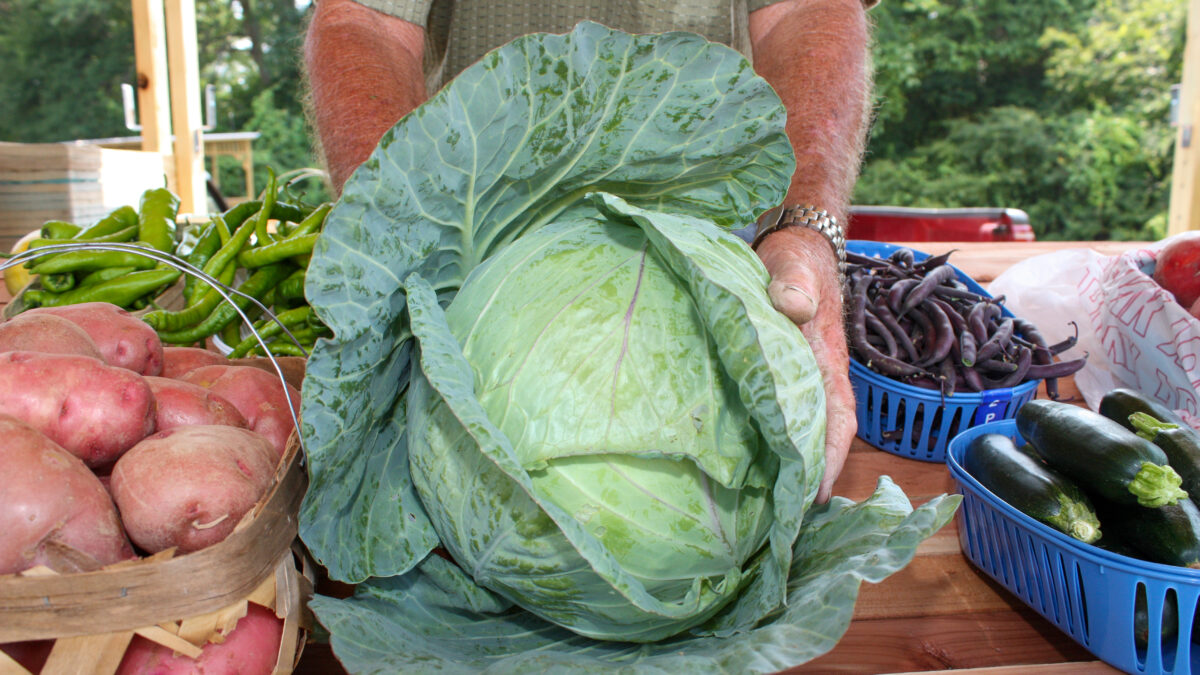Reduce Food Waste this Holiday Season
TOPICS
NutritionGuest Author
Special Contributor to FB.org

photo credit: Alabama Farmers Federation, Used with Permission
Guest Author
Special Contributor to FB.org
by Julie Garden-Robinson, Ph.D., R.D., L.R.D. @jgardenrobinson
“Mom, what if raw meat juice dripped on a pear in my fridge?” my daughter asked in a text. “If I wash it, will it be safe to eat?”
I like when my young adult children finally think I know something.
I thought about the potential organisms that might be in the meat juice. Meat juice could contain Salmonella or E. coli, for example.
In some cases, ingesting just 10 cells of a microorganism can make you extremely ill. Sometimes foodborne illnesses can be fatal or have lifelong health consequences.
Could the juice have permeated the peeling through a blemish or cut and entered the fruit? Maybe or maybe not. If the juice entered the flesh of the fruit, you cannot “wash it away.” Was eating the raw pear worth the risk?
My daughter probably was wondering why I was not immediately returning her text.
“Rinse it well under running water, and then cook it by poaching in boiling water or baking. You need to heat it to kill the bacteria,” I recommended.
Unfortunately, 40% of food produced in the U.S. is wasted, and the average consumer throws away 1.1 pounds of food every day.
Poaching is a method of simmering food in a small amount of liquid so the food cooks by steaming. A poached pear with cinnamon sauce is quite tasty.
“In the future, be sure to put the thawing meat in a pan and put it under ready-to-eat fruits in the refrigerator,” I added.
I guess my daughter threw the pear away. I should have texted her a poached pear recipe.
Unfortunately, 40% of food produced in the U.S. is wasted, and the average consumer throws away 1.1 pounds of food every day. That adds up to more than 400 pounds of wasted food per person every year.
National studies of municipal solid waste have shown that food accounts for more than 20% of total waste. Food waste accounts for more than plastic (18%), paper (15%), rubber (12%) and wood (8%).
We in the field of nutrition usually recommend eating more fruits and vegetables. Unfortunately, fruits and vegetables make up about one-third of food lost through spoilage and discarding.
As we enter a season of family gatherings with increased food costs, there are some simple things you can do to reduce food waste. Be aware of how much food you throw away, and consider buying less of those items. Put a list on your fridge of the perishable foods you should eat in a short time. Plan meals a week at a time, and avoid impulse buys when you shop for groceries.
Most importantly, consider food preservation all year. Freezing is one of the easiest methods to use, if you have the freezer storage space available. North Dakota State University Extension’s Food Freezing Guide, available here, is a free resource that can help you reduce food waste and get the most out of your food dollar.
Julie Garden-Robinson is a North Dakota State University Extension food and nutrition specialist and professor in the Department of Health, Nutrition and Exercise Sciences.
Top Issues
VIEW ALL